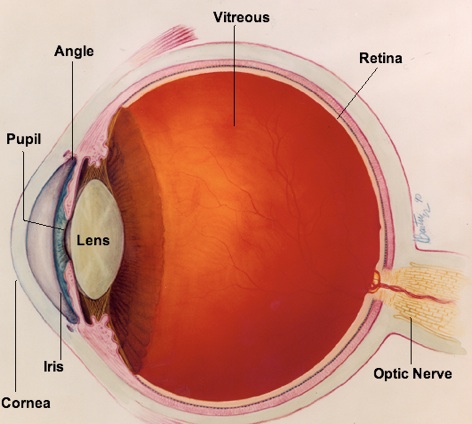Vitreous Detachment

Posterior vitreous detachment
If you suddenly notice spots or cobweb-like shadows floating in front of the eyes, particularly against a plain, bright background, you may be experiencing the symptoms of a posterior vitreous detachment. In fact, the spots are caused by tiny opacities floating in the vitreous and casting shadows on the retina. When they first appear, you may also see flashes of light.

What causes these opacities to appear?
The vitreous is like a transparent jelly which fills most of the inside of the eye. With advancing age the vitreous often contracts and suddenly separates from the retina. If it pulls on the retina at the time of separation, the patient sees flashes of light and if opacities which were originally on the posterior vitreous face become free, they throw shadows on the retina as they move around. The same process occurs at a relative early age in people with short sight.
If one eye has suffered a posterior vitreous detachment, there is a good chance that the other eye will also be affected a few months or years later.
It is important to thoroughly examine eyes with the symptoms of posterior vitreous detachment as soon as possible, because the pull of the vitreous on the retina occasionally causes a hole in the retina which will require laser treatment in order to prevent a possible retinal detachment.
What to expect after your eye doctor has confirmed the diagnosis?
After a few weeks the light flashes usually disappear. The spots become less bothersome with time but may not completely go away. One should undergo a second examination a few weeks later, but the important thing to remember is that if any new symptoms appear such as new shadows, blurred vision of a visual field defect, the re-examination is urgent.


